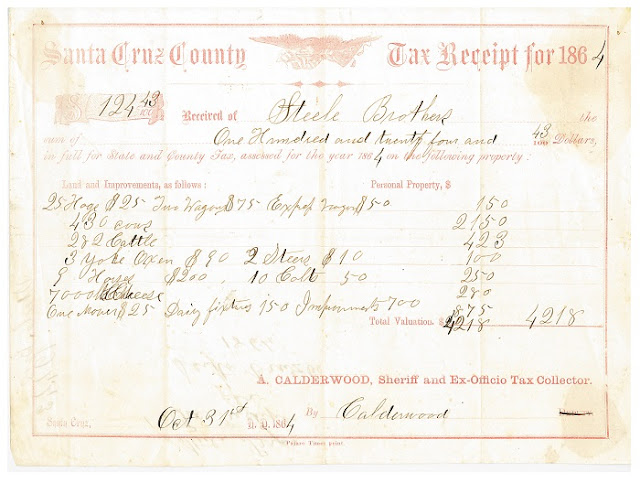Cataloged
under the subject heading “Beauty, Personal” is this gem of nineteenth-century
cosmetology: Madame Lola Montez’s The Arts of Beauty; or, Secrets of a
Lady’s Toilet, published by Dick & Fitzgerald of New York in 1858.
The
Irish entertainer’s advice ranges from the impractical to the outrageous,
begging the question: did this famous beauty really intend to divulge the
secrets of her charms, or does this book have another, hidden purpose? Is The Arts of Beauty an ironic feminist
treatise, or did Madame Montez simply wish to poison the competition?
For
those of us who suffer from premature graying, Madame Montez recommends an
intoxicating blend of oxide of bismuth, spermaceti, and pure hog’s lard: “The
lard and spermaceti should be melted together and when they begin to cool stir
in the bismuth. It may be perfumed to your liking.”
Another
chapter is devoted to “A Beautiful Bosom.” The subject is delicate, yes, but “why
should not a woman be suitably instructed in the right management of such
extraordinary charms?” Various preparations are recommended to promote the
desired growth or reduction of the area; ladies are discouraged, however, from the
dangerous practice of self-medicating with internal doses of iodine!
And,
lest the woman so spackled with layers of animal grease, ambergris, and ammonia
be accused of vanity, Madame Montez asks us to consider: “Preach to the
contrary as you may, there still stands the eternal fact, that the world has
yet allowed no higher ‘mission’ to woman, than to be beautiful.” The quotation marks round “mission” say all.
Marie
Silva
Archivist
& Manuscripts Librarian



















